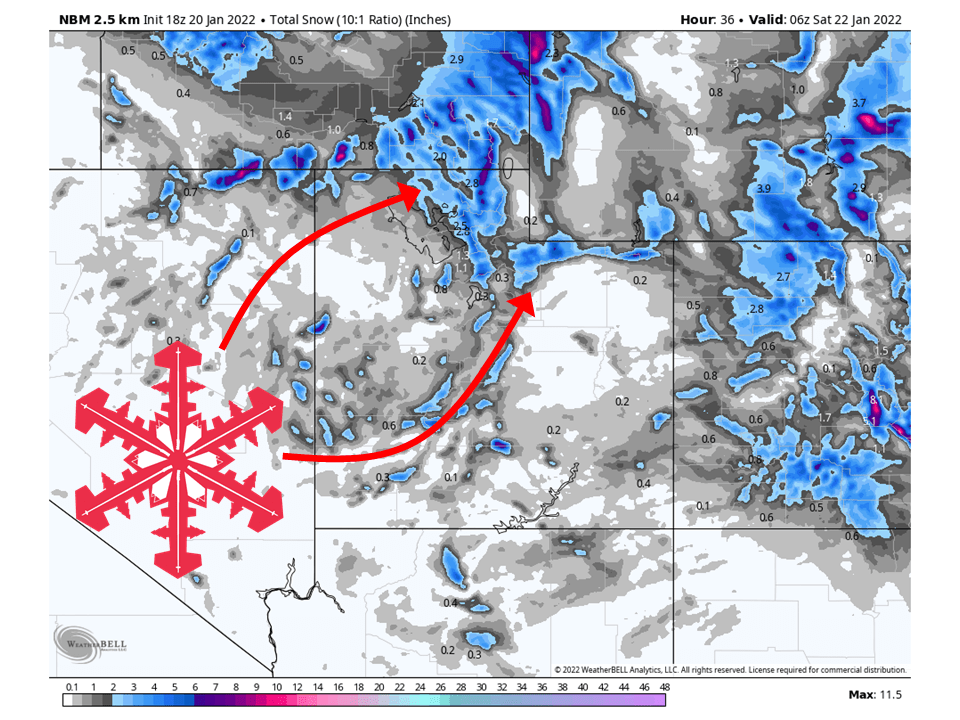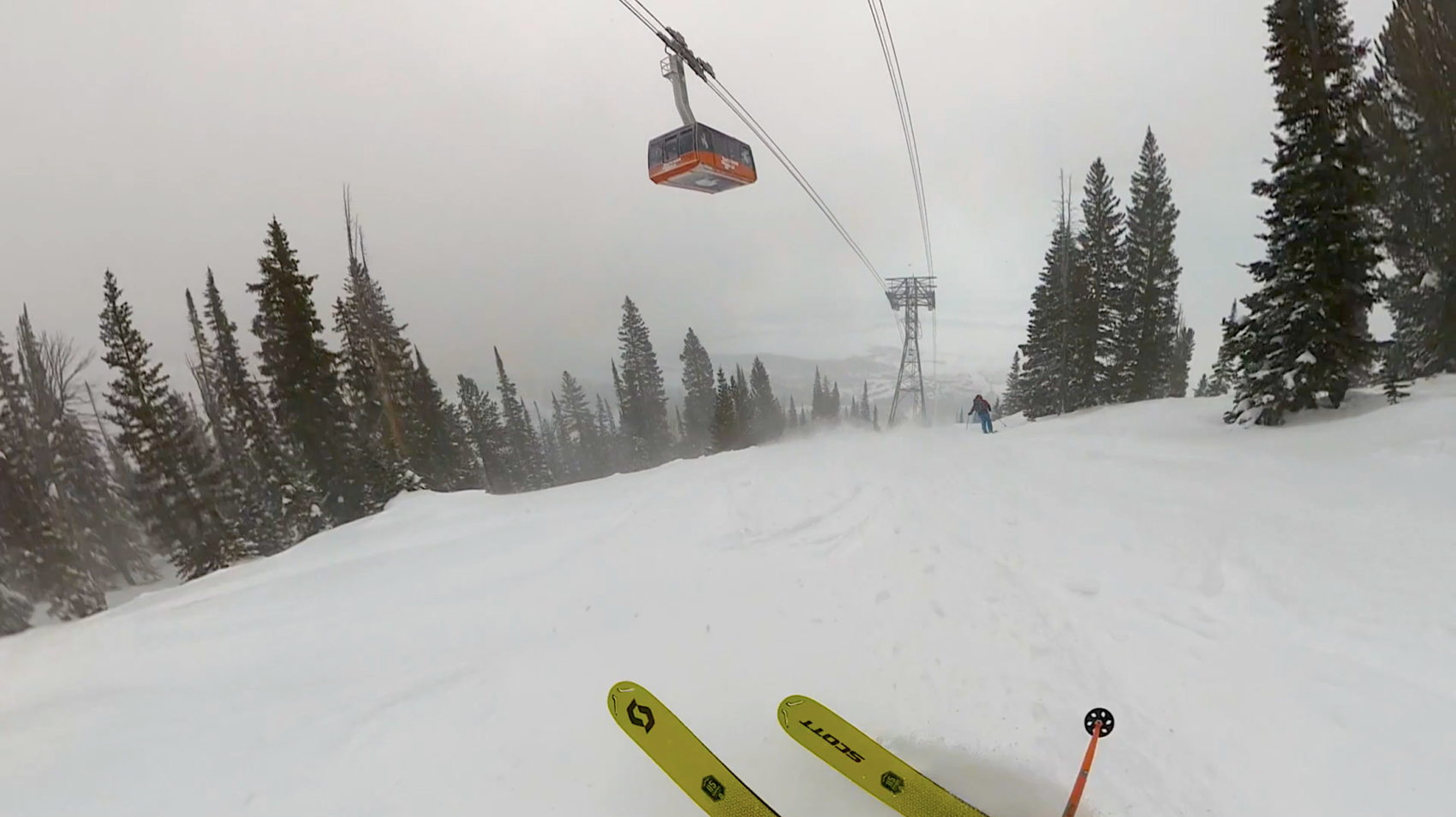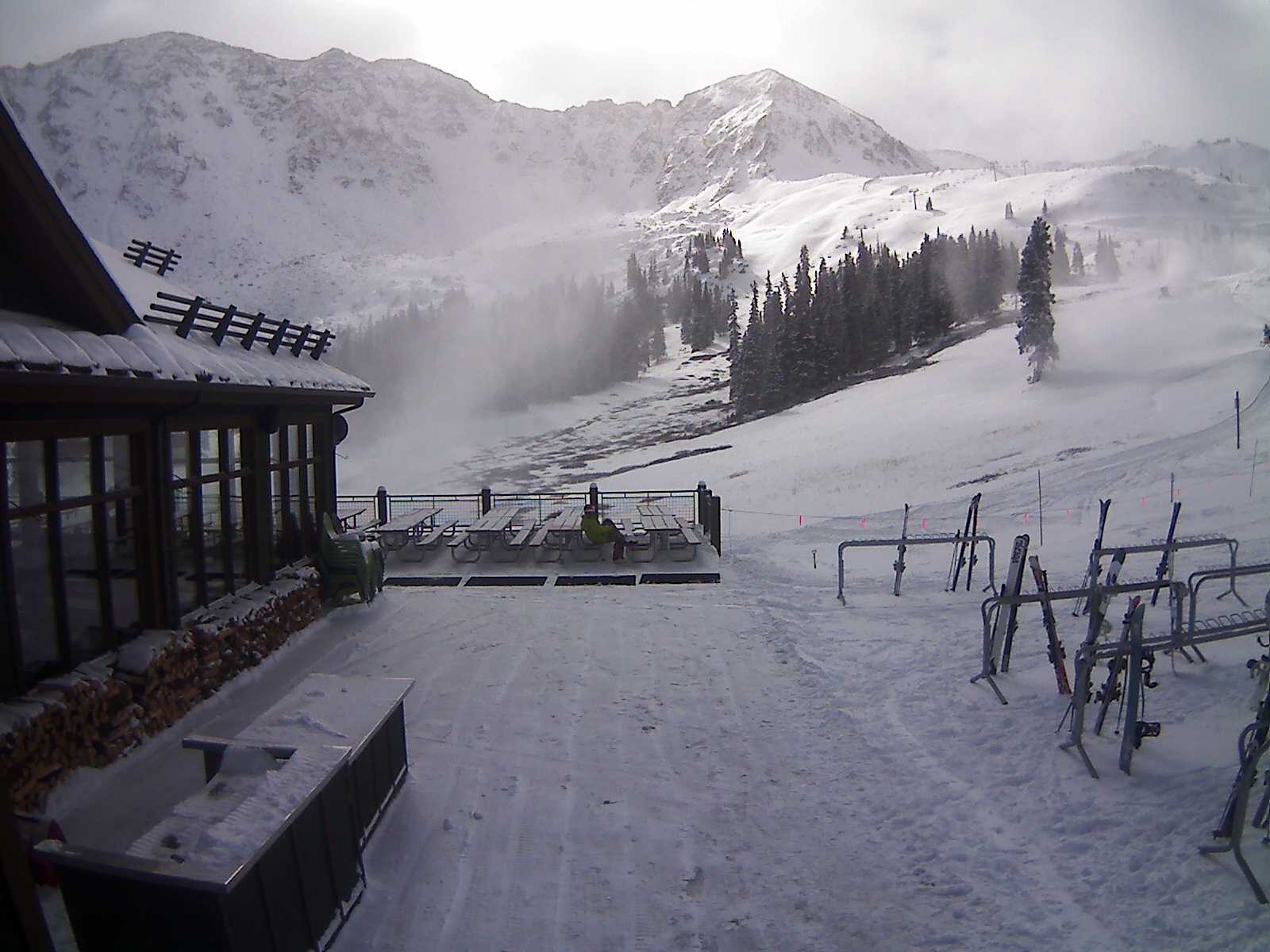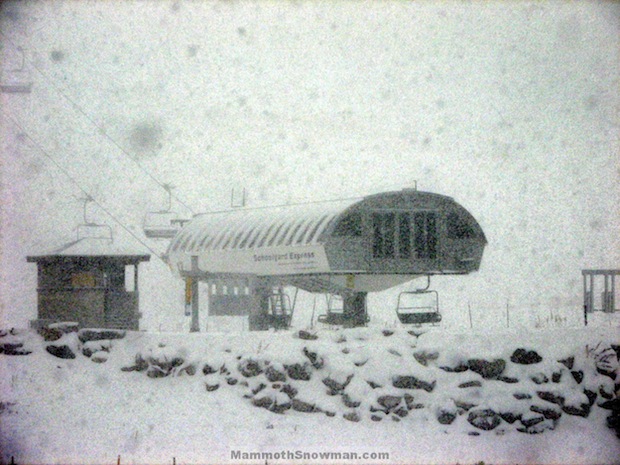
When skiing in-bounds, you probably aren’t thinking about the potential of a deadly avalanche – resorts take care of that, right?
But in a single day in 2012, two men died in avalanches in bounds on open trails in Colorado. Taft Conlin from Eagle County, only 13-years old, died in a snowslide on the Prima Cornice trail at Vail. Christopher Norris, a 28-year old father of two, was buried in a slide within the ski area at Winter Park.

Both tragic deaths spurred lawsuits, and the Colorado Supreme Court announced last week it will hear an appeal to decide whether inbounds avalanches are one of the inherent risks of skiing. Salyndra Fluery, widow of Christopher Norris, has filed a brief that could have some serious implications for Colorado’s ski resorts, addressing the ambiguity of the Colorado Ski Safety Act.
The often-copied law assigns responsibilities to both skiers and resorts, and limits a ski area’s liability when skiers are injured or killed. It does not explicitly include avalanches in a list of inherent risks that skiers must acknowledge when skiing at a resort.

Grand County District Court Judge Mary Hoak in 2012 dismissed the case, agreeing with Winter Park that avalanches are an inherent risk of skiing. The Colorado Court of Appeals in February 2014 affirmed Hoak’s ruling in a 2-1 decision, arguing that avalanches “fall neatly into the examples of dangers in the (Ski Safety) Act.”
The state’s highest court in December agreed to hear Fleury’s appeal. Her attorneys are focusing on the dissenting opinion of appeals court Judge Jerry Jones:
“An ambiguity which must be resolved by concluding that there is no immunity for injuries resulting from avalanches. In my view, avalanches are not intrinsic to the sport of skiing on open, designated ski trails within ski areas.”

While the rulings may or may not bring satisfaction to the families of the deceased, the decision could have heavy implications for the ski industry. Many resorts may be forced to close areas with steep and challenging terrain based on avalanche risk, since you can never completely eliminate the risk of slides.
“Inferring the term ‘avalanche’ as an inherent risk or danger would essentially immunize ski operators from any liability, leaving them free to recklessly create hazards without consequences,” reads Fleury’s filing by attorney Jim Heckbert.

Resorts may react by beefing up their avalanche education programs, and stressing the risks associated with skiing challenging inbounds terrain. Ultimately, it’s up to skiers and riders to fully understand the dangers associated with the sport.
“Safety is an illusion in the mountains,” said American Avalanche Association Dale Atkins, a former forecaster with the Colorado Avalanche Information Center. “Even though the ski areas do a phenomenal job, and people who are educated have a wonderful time, you’re dealing with Mother Nature. We’re managing risk to reduce the threat.”






Avalanche risk reduction programs at resorts were well
documented to support reasonable effort to make the skiing safer in the boundaries of resorts with terrain and weather that create the problem. If current standards are followed by those charged with snow safety duties the skier responsibility codes should include avalanches as an inherent risk. Document the work done. Make your choice to accept the risk or stay home
Fully agree with Brian. While these incidents are tragic, 3 deaths in 40 years from inbounds slides is minuscule. Would be interesting to know the # of deaths from other inherent hazards such as colliding with trees and other solid objects as well as falling off cliffs (anecdotally there seem to be several of those a year).
Also wasn’t the Vail incident partly a result of the skiers hiking uphill past closed signs? So they were able to get into a start zone that was not actually open for skiing and thus contributed to the slide which took them out.
Your title is incorrect. The Colorado Supreme Court has not ruled, only agreed to hear the case.